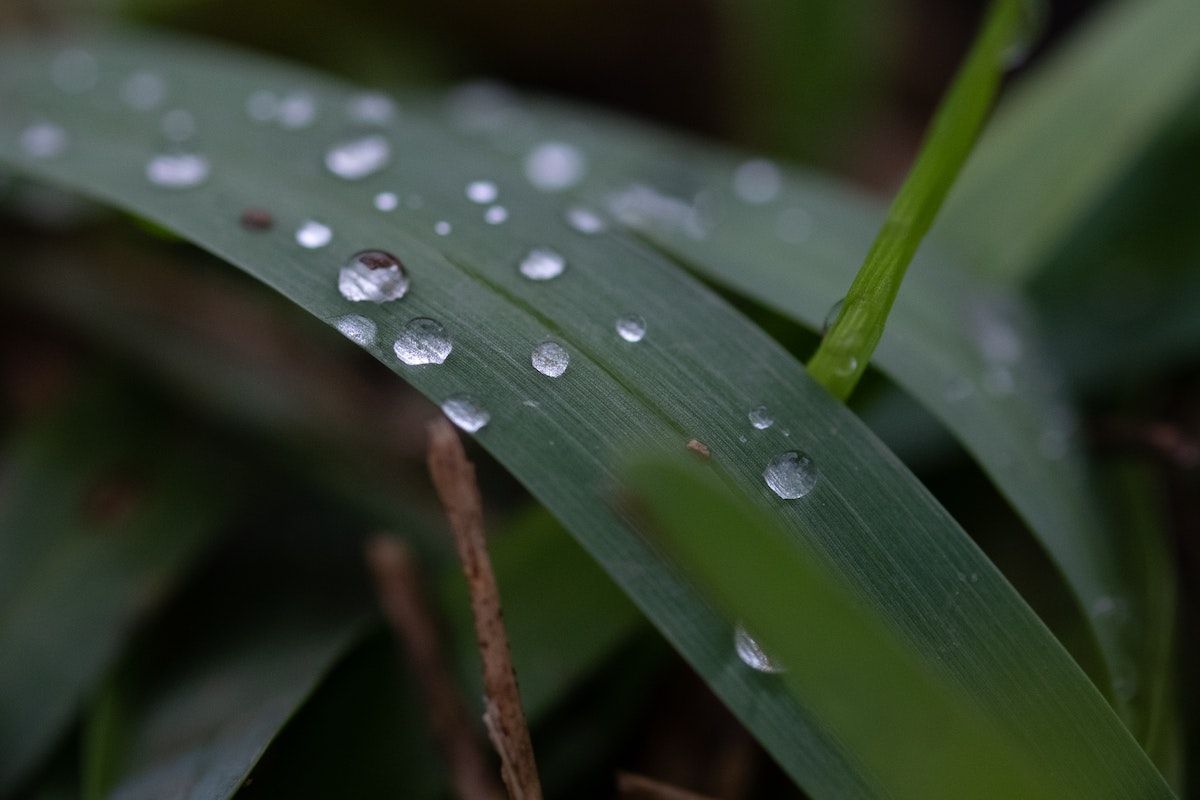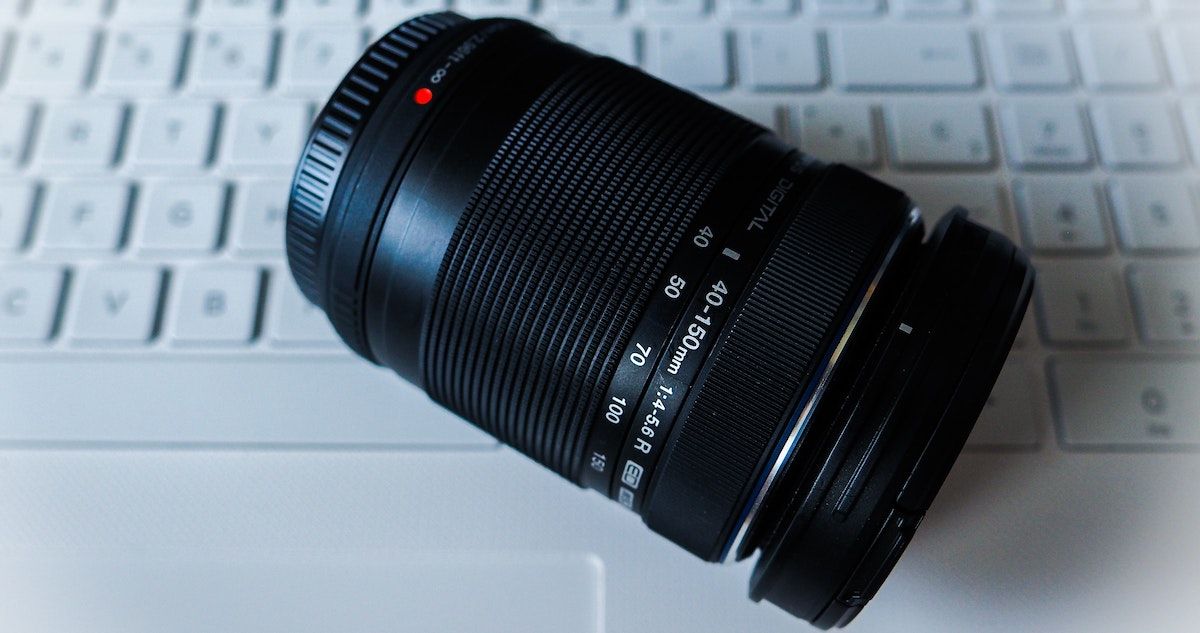What is a macro lens? Definition, Usage & 5 of the Best
Rent film gear from local filmmakers.

Rent film gear from local filmmakers.
Have you ever wanted to photograph really tiny things? Well, then you might have to get into macro photography. Macro photography is the art of making small objects look big or “life-sized”.
Pictures of intricate patterns on insects or the tiniest details on plants and wildlife are macro photography. So let’s get into the primary piece of equipment you need to start shooting life’s tiniest details - the macro lens.
Macro lenses are a great asset to have in your gearbox, but far from the only one. There are plenty of other lenses and gear. Explore what else there is of essential camera equipment.
What is a macro lens?
A macro lens is a lens that allows you to focus extremely close on a subject so that it appears large both in the viewfinder and in the final image.
So macro lenses can project subjects onto the camera’s sensor life-sized at a 1:1 reproduction ratio. That means microscopic subjects get “blown up”, and tiny details on your subjects become defining features when viewed on a large display.
What’s the difference between a macro lens and a regular lens?
That is also what sets them apart from regular lenses. Even though they are usually used for close-ups, it does not define the macro lens. It is their ability to focus from infinity to 1:1 magnification.
The magnification ratio tells you how the image projected on the camera’s sensor compares with the subject’s actual size, so a lens with a 1:2 ratio can project an image on its sensor up to half the size of the subject while a lens with a 5:1 ratio can project an image five times the size of the subject.

Macro lenses focal length
Macro lenses come with a wide variety of focal lengths. The distance determines your focal lengths to your subject. The longer your focal length, the further you will be from what you are trying to photograph. That means a 100mm will give you twice the working range of a 50mm.
40-60mm
This focal length is ideal if you are shooting inanimate objects or subjects that won’t get scared away because, with this focal length, you want to be as close as 6 inches or 15 centimeters to get the best picture. It’s great for things like stamps, jewelry, and coins.
90-105mm
This focal length can be considered mid-range and is perfect if you shoot things approximately a foot (30 centimeters) away. These lenses are great for photographing things like plants, flowers, and small insects.
150-200mm
This focal length is for long-range photography and is useful if you are scared of scaring your subject away or you don’t necessarily want to get too close. Subjects could be things like reptiles or insects.
5 of the best macro lenses
So you know you feel ready to get into macro photography but still don’t know what equipment you need. Well, here are five of the best macro lenses:
1. Canon MP-E 65mm f/2.8 1-5x Macro lens
- Specs:
- Mount: Canon EF
- Elements/groups: 10/8
- Diaphragm blades: 9
- Autofocus: Ultrasonic (ring-type)
- Stabilizer: Yes (hybrid)
- Minimum focus distance: 0.24m
- Maximum magnification: 5.0x
- Filter thread: 58mm
- Dimensions (WxL): 81x98mm
- Weight: 730g
Pros:
- Superior build quality
- Super-sharp images
Cons:
- Relatively expensive to buy
- Steep learning curve
2. Nikon 105mm f/2.8 IF-EED AFS VR Micro lens
- Specs:
- Mount: Nikon FX
- Elements/groups: 14/12
- Diaphragm blades: 9
- Autofocus: Ultrasonic (ring-type)
- Stabilizer: Yes
- Minimum focus distance: 0.31m
- Maximum magnification: 1.0x
- Filter thread: 62mm
- Dimensions (WxL): 83x116mm
- Weight: 750g
Pros:
- High standard of build quality
- 3-stop optical stabilization
Cons:
- Stabilization fairly ineffective for close-ups
- Expensive to buy

3. Canon EF 100mm f/2.8L Macro IS USM
- Specs:
- Mount: Canon EF
- Elements/groups: 15/12
- Diaphragm blades: 9
- Autofocus: Ultrasonic (ring-type)
- Stabilizer: Yes (hybrid)
- Minimum focus distance: 0.3m
- Maximum magnification: 1.0x
- Filter thread: 67mm
- Dimensions (WxL): 78x123mm
- Weight: 625g
Pros:
- Typically strong ‘L’ series build quality
- Hybrid optical stabilization
Cons:
- Relatively expensive to buy
- No sharper than competing Sigma and Tamron lenses
4. Tamron SP 90mm f/2.8 Di VC USD Macro
- Specs:
- Mount: Canon EF, Nikon F, Sony A
- Elements/groups: 14/11
- Diaphragm blades: 9
- Autofocus: Ultrasonic (ring-type)
- Stabilizer: Yes (hybrid)
- Minimum focus distance: 0.3m
- Maximum magnification: 1.0x
- Filter thread: 62mm
- Dimensions (WxL): 79x117mm
- Weight: 610g
Pros:
- Superb image quality
- Effective hybrid stabilizer
- Robust weather-sealed construction
Cons:
- Forthcoming service center update needed for use with EOS R
- Nothing else at the price
5. Sigma Macro 105mm f/2.8 EX DG OS HSM
- Specs:
- Mount: Canon EF, Nikon F, Sony A, Sigma SA
- Elements/groups: 16/11
- Diaphragm blades: 9
- Autofocus: Ultrasonic (ring-type)
- Stabilizer: Yes
- Minimum focus distance: 0.31m
- Maximum magnification: 1.0x
- Filter thread: 62mm
- Dimensions (WxL): 78x126mm
- Weight: 725g
Pros:
- Good build quality and stabilization
- Impressive overall performance
Cons:
- No weather-seals
- Relatively pricey
Rent or subscribe to a macro lens
Hopefully, this article gave you insight into the world of macro photography. You just need to get a macro lens to start shooting.
Suppose you’re not quite ready to invest in your macro lens yet. Before diving into an investment, you should consider renting or subscribing to a macro lens. It’s the perfect way to try out macro photography.
Camera Hire: Take Your Production to The Next Level
71PttfqWPXk
Camera Rental: Save Money with Wedio
5sHshmF1n_Y
Rent Camera Gear: Access Pro Equipment
qqHXJy6AWlc
About the instructors
Macro lens FAQ
What is a macro lens?
What is a macro lens A macro lens is able to project subjects onto the camera’s sensor life-sized at a 1:1 reproduction ratio.
What is a macro lens used for?
Macro lenses are used for taking very detailed photographs of small things, such as insects, flowers, and jewelry.























